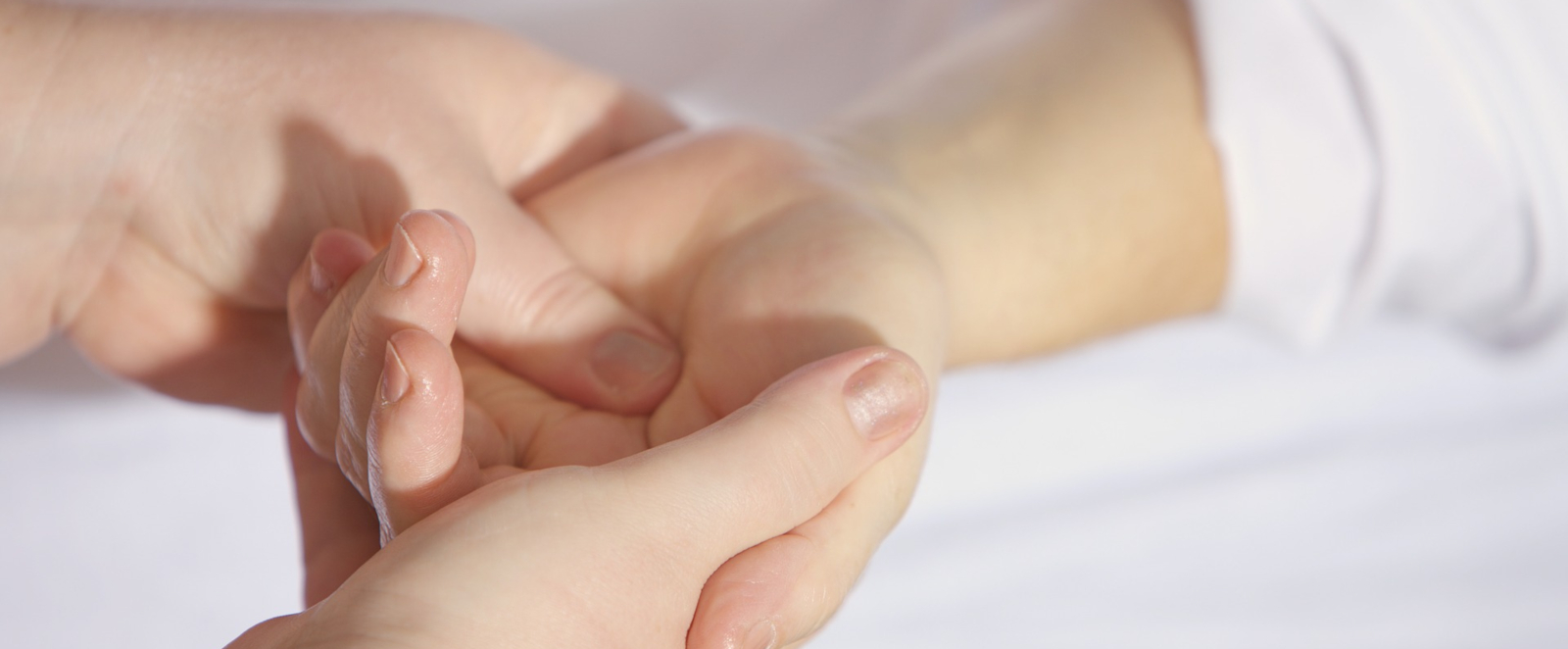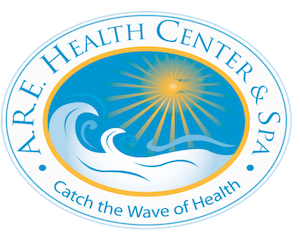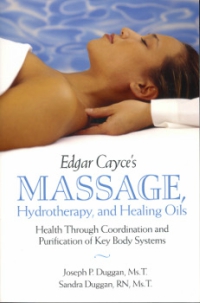Edgar Cayce specifically mentioned massage in over 3,000 readings. Additional readings described “rub downs” and osteopathic treatments that included massage strokes. Massage was an integral part of treating many conditions described in the readings. Specific readings mentioned the positive healing effects massage could have on many conditions including anxiety, arthritis, liver congestion, multiple sclerosis, prostatitis, constipation, stress, and of course, various musculoskeletal complaints. Since 1967, therapists in the A.R.E. Health Center and Spa have been offering the massage developed by Dr. Harold J. Reilly and Edgar Cayce. In 2018, these allied health licensed professionals performed over 5,600 massages. The Cayce/Reilly® School of Massage, founded in 1987, has sent graduates trained in the trademarked Cayce/Reilly massage to almost every state and to 27 foreign countries. (For those seeking a Cayce/Reilly graduate outside Virginia Beach, the Cayce/Reilly website at CayceReilly.edu contains a blue “Find a C/R Therapist in your area” button that leads to a list of graduates across the globe.) In the busy student clinic last year, Cayce/Reilly students worked on over 2,000 clients from the local community and those visiting A.R.E. from elsewhere. Massage is a cornerstone of the Cayce health recommendations and the current health practices here at the A.R.E. headquarters.
Almost 100 years after Cayce’s massage recommendations began, traditional healthcare started to recognize the benefits of massage, especially for helping with health problems that are common as we age. There have been numerous research studies that have found statistically significant physical and mental benefits from healing provided in a massage. Massage is known to decrease stress and insomnia, and is currently under investigation as a possible tool to help people dealing with depression and those recovering from opioid addiction. Recent evidence-based studies have found that massage can be an important part in recovery from cancer, stroke, diabetes, and cardiovascular disease, the conditions that cause 70% of deaths in the United States, according to the Centers for Disease Control. Multiple studies1,2,3 have found that cancer patients who received 5-8 weeks of weekly massage therapy during and after chemotherapy or radiation had statistically lower levels of fatigue, insomnia, and pain than control-group cancer patients who did not receive massage therapy. Another study from Hong Kong in elderly patients found that massage decreased the patients’ blood pressure, anxiety levels and pain after a stroke.4 Massage is thought to help people with diabetes by improving poor circulation, numbness, and scarring at insulin injection sites. In 2016, Harvard Medical School stated, “Massage used to be considered an indulgence, but it's now recognized as a legitimate therapy for some painful conditions.”5 The article went on to hypothesize how massage’s pain-relieving action works, “Therapeutic massage may relieve pain by way of several mechanisms, including relaxing painful muscles, tendons, and joints; relieving stress and anxiety; and possibly helping to "close the pain gate" by stimulating competing nerve fibers and impeding pain messages to and from the brain.” The Cayce/Reilly-trained massage therapist sees the client as a whole person, not just a diagnosis or symptom profile.
Assembling a healing team is a challenge when one is facing a diagnosis or a chronic condition. Deductibles and unexpected healthcare costs put massage therapy out of financial reach for many potential clients. For those who live in our area or plan to visit Virginia Beach, the student clinic offers hour-long massages for $40, and the A.R.E. Health Center and Spa offers professional massages for $80. There are discounts for A.R.E. members at both places. The A.R.E. Health Center and Spa offers monthly specials on popular Cayce therapies, so checking our website regularly can yield good savings.
Though traditional healthcare recognizes the benefits of massage, unfortunately, Medicare and most insurance carriers in the U.S. do not yet cover massage therapy. With a Letter of Medical Necessity (LMN) from a doctor, however, massage therapy IS covered under workman’s compensation programs and is eligible for reimbursement with a Letter of Medical Necessity (LMN) from flexible spending accounts (FSA), health savings accounts (HSA), and health reimbursement arrangements (HRA). Investigate the specific rules of your own health policies before booking any appointments, and keep in mind the recommendation in Edgar Cayce reading 3420-1 for spending time on monthly self-care, specifically “massage… and all the treatments that are in the nature of beautifying, and keeping the whole of the body-force young.”
- Cancer. (2018) Feb1;124(3):546-554. https://doi.org/10.1002/cncr.31064
- PLoS One. (2018)13(5). https://www.ncbi.nlm.nih.gov/pubmed/29723235
- J Altern Complement Med (2018) Jan; 24(1); 62-68. https://www.ncbi.nlm.nih.gov/pubmed/28440664
- Complementary Therapies in Nursing and Midwifery, Volume 10, Issue 4, Nov 2004, 209-216. https://onlinelibrary.wiley.com/doi/abs/10.1046/j.1365-2648.1995.21010034.x
- https://www.health.harvard.edu/alternative-and-complementary-medicine/therapeutic-massage-for-pain-relief









